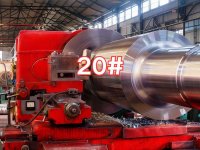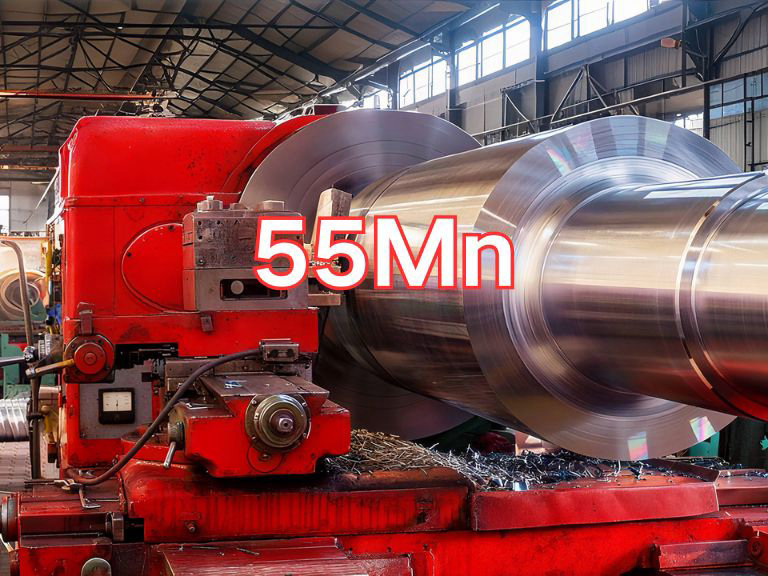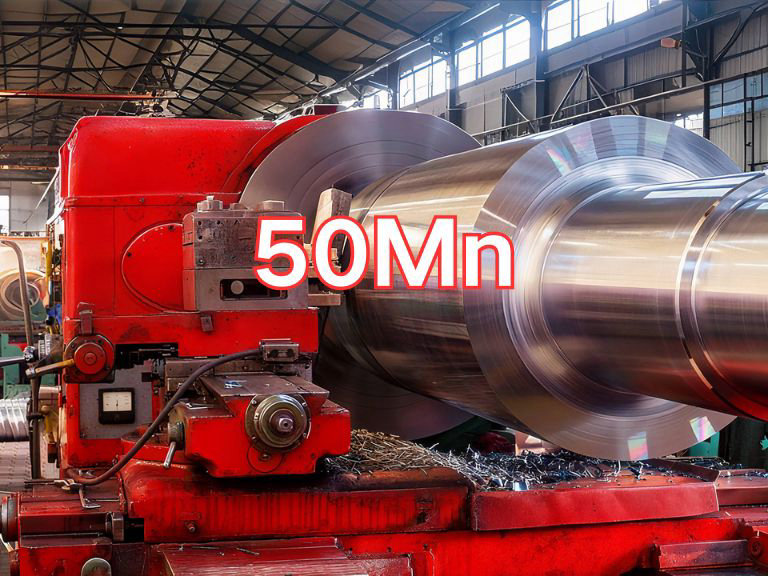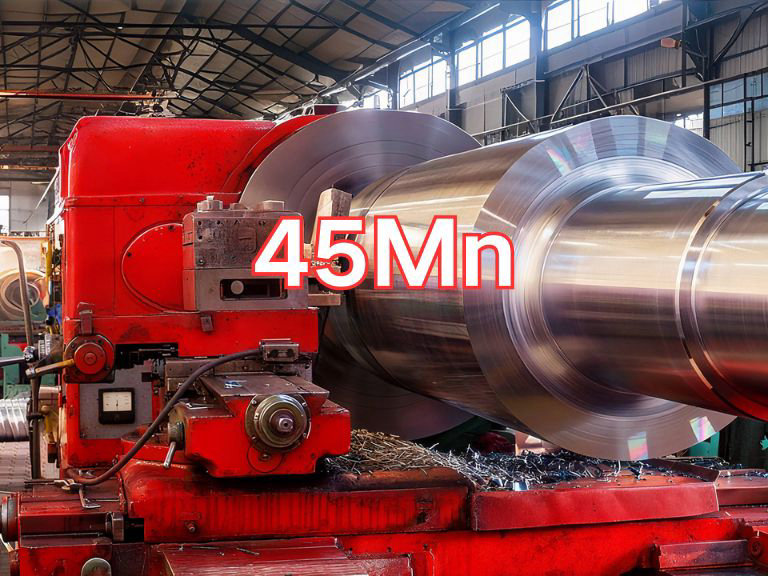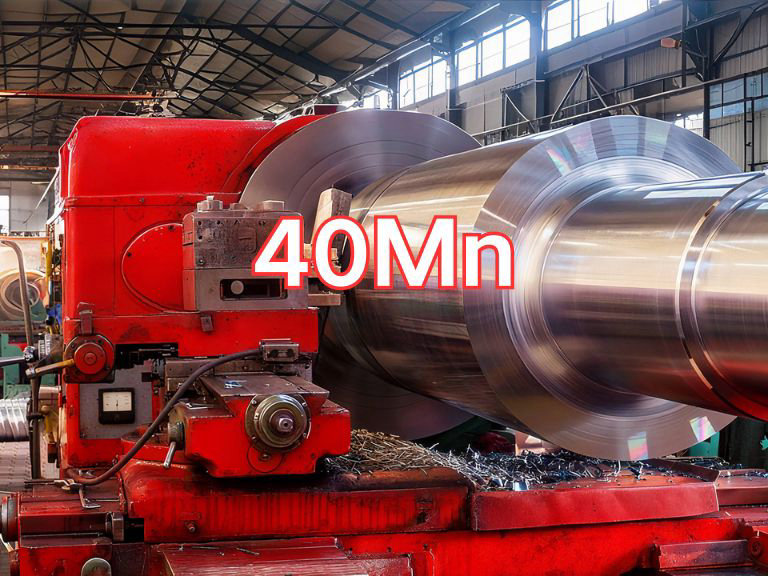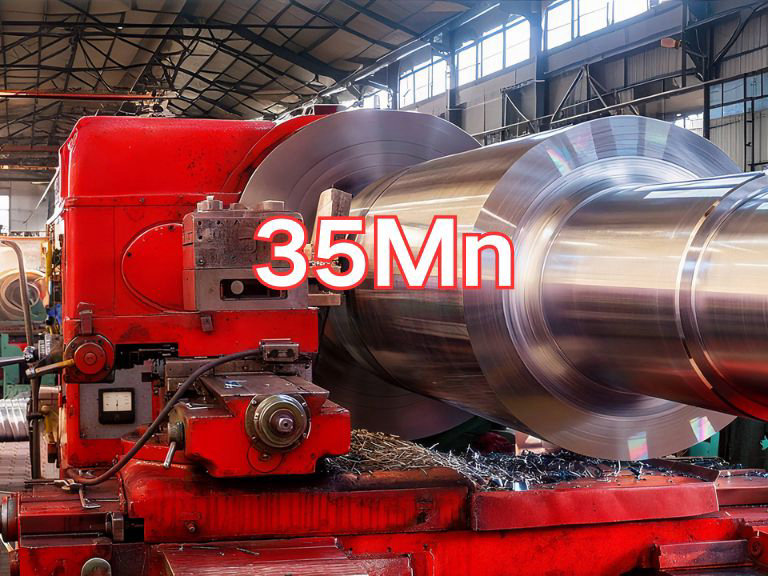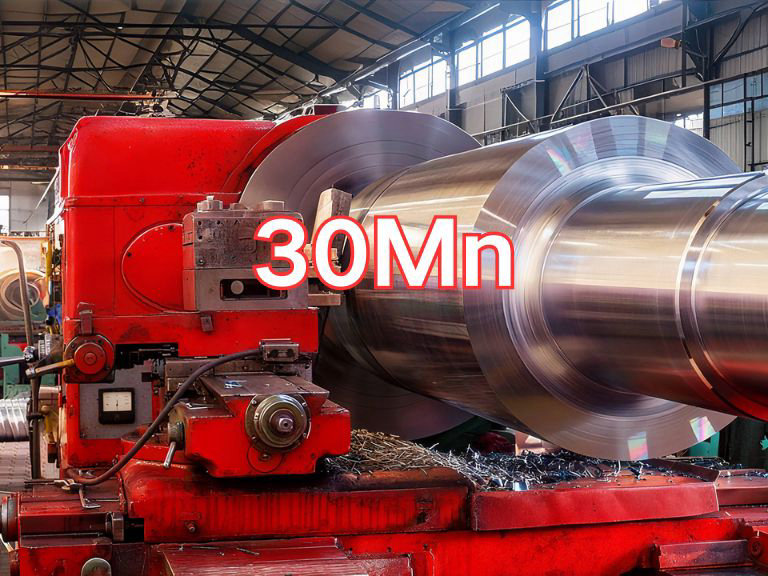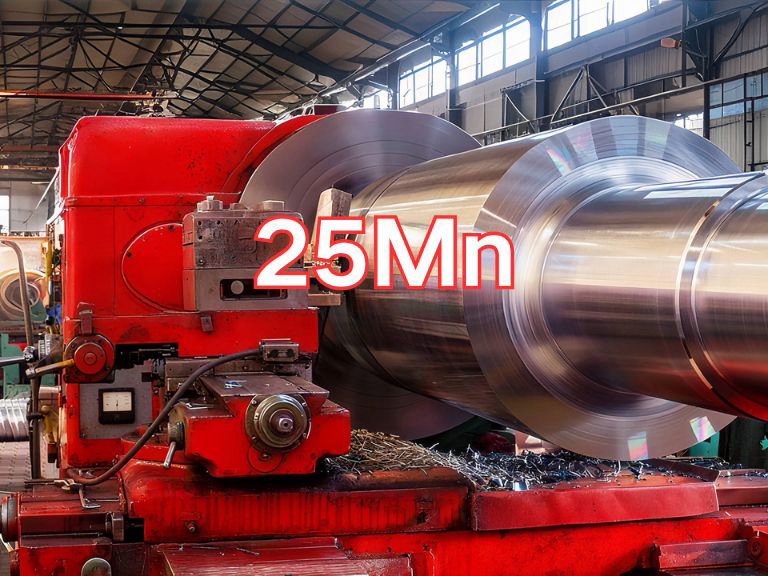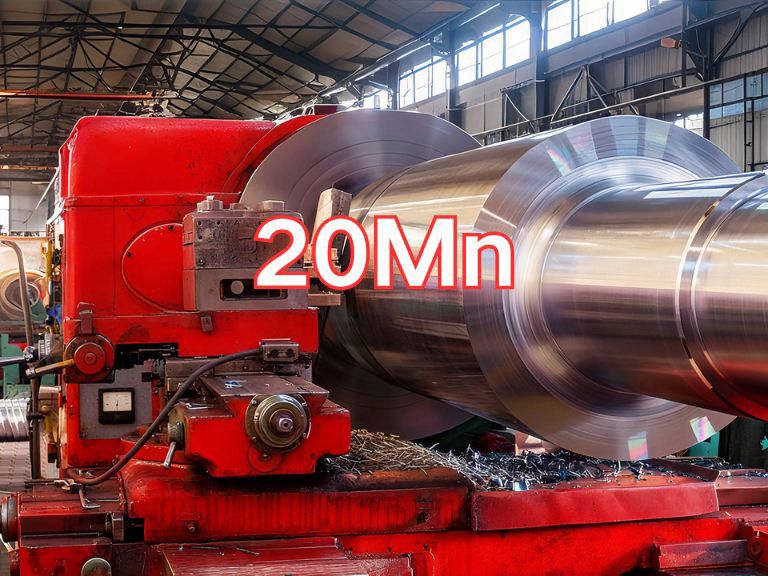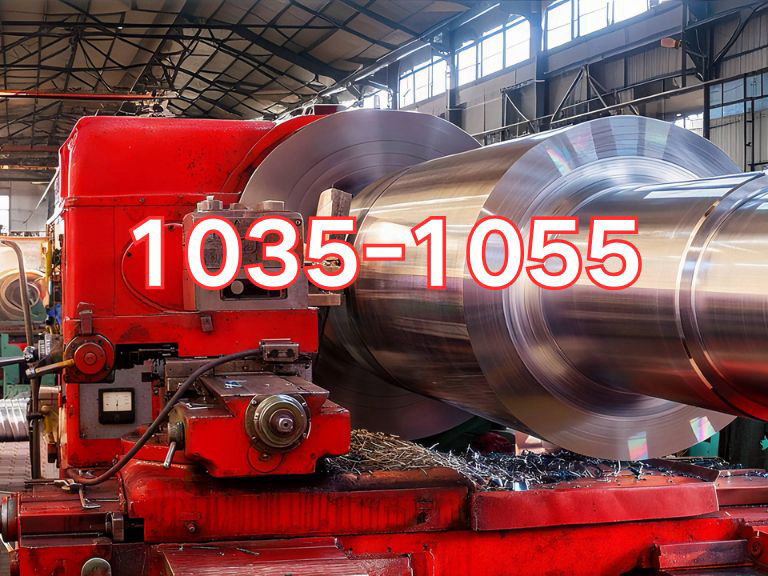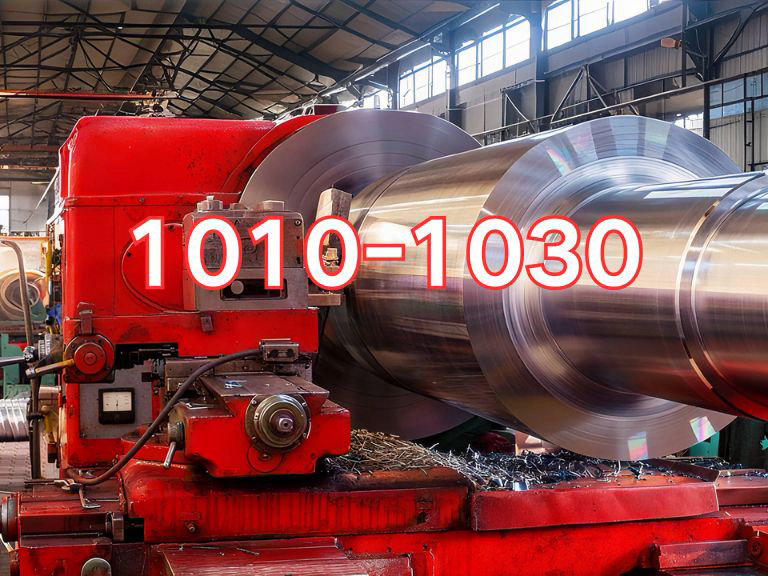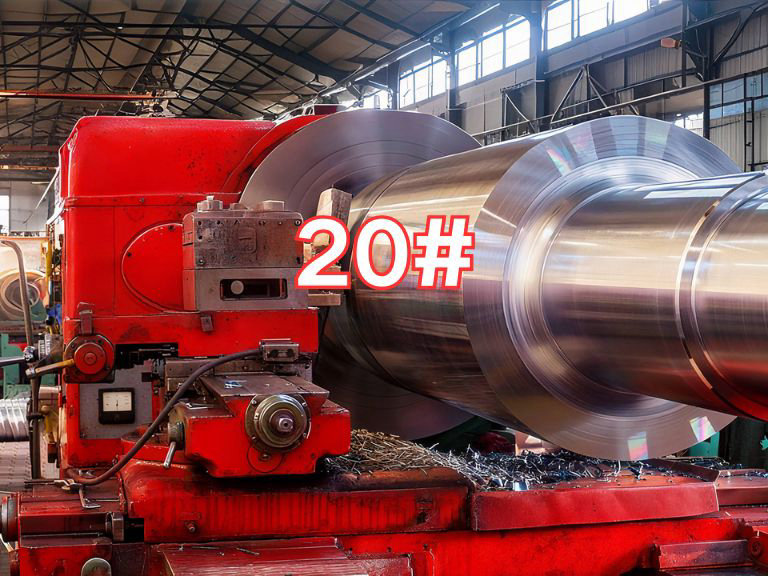

20# Steel Plates
20# steel plate is a widely used high-quality carbon structural steel plate, with its designation and properties governed by the Chinese national standard GB/T 711-2017 "Hot-Rolled Heavy Gauge Steel Plates and Strips of High-Quality Carbon Structural Steel". This standard specifies the dimensions, shape, technical requirements, test methods, inspection rules, packaging, and marking for hot-rolled heavy gauge steel plates and strips made of high-quality carbon structural steel, serving as the core technical specification for domestic production and trade of this category of steel.
The designation "20#" has a clear meaning:
"20" indicates the average carbon content of the steel grade is 0.20% (i.e., twenty parts per ten thousand). In the system of high-quality carbon structural steels, the number represents the carbon content in ten-thousandths. Therefore, 20# steel belongs to the category of low-carbon steel.
The "#" symbol is a shorthand in Chinese context for the word "hao" (meaning "number"), used to distinguish different steel grades based on carbon content, such as 10#, 15#, 20#, 35#, 45#, etc. Thus, "20#" refers to high-quality carbon structural steel with an average carbon content of 0.20%.
The primary applications of 20# steel plate are in manufacturing structural components and mechanical parts that require moderate strength but good ductility, toughness, and weldability. Due to its low carbon content, 20# steel offers excellent comprehensive mechanical properties and processability, making it widely used in:
General Machinery Manufacturing: Producing mechanical parts subject to low stress but requiring certain toughness, such as bushings, liners, connectors, brackets, and flanges.
Pressure Vessels and Tanks: Manufacturing low-pressure vessels, water tanks, oil tanks, and gas storage tanks where good weldability is essential.
Construction and Steel Structures: Fabricating non-primary load-bearing components such as connection plates, embedded parts, and reinforcement elements in building structures.
Automotive Manufacturing: Used for truck bed floors and auxiliary structural components of vehicle frames.
Other Applications: Also suitable for industrial equipment housings, platforms, walkways, and similar general-purpose components.
Its main characteristics include:
Good Ductility and Toughness: As a low-carbon steel, 20# steel exhibits high elongation and impact toughness, capable of withstanding deformation without fracturing easily, suitable for dynamic loads or low-temperature environments.
Excellent Weldability: Low carbon content results in minimal hardenability, reducing the risk of cracking during welding. It can be welded using various conventional methods (e.g., manual arc welding, CO2 gas-shielded welding), typically without preheating, ensuring simple and reliable welding procedures.
Good Cold Working Performance: Possesses favorable cold bending, cold stamping, and machinability, making it easy to form and process.
Moderate Strength: Tensile strength is approximately 410–550 MPa, with a yield strength of about 245 MPa, sufficient for general structural applications.
Cost-Effectiveness: Low material cost and mature production processes result in high overall value.
It should be noted that 20# steel has low hardenability and surface hardness, making it unsuitable for parts requiring high hardness or high wear resistance. Surface hardening treatments such as carburizing or carbonitriding can be applied if higher surface hardness is needed.
In summary, 20# steel plate is a well-balanced, process-friendly, and cost-effective general-purpose structural material that plays an important role across various industrial sectors.

Ultrasonic Testing (UT)
A key non-destructive testing technique that uses high-frequency sound waves to detect internal flaws in steel plates. The probe emits sound waves, which reflect when encountering defects such as cracks or inclusions. The receiver captures the echoes, enabling precise determination of defect location and size. With high sensitivity, strong penetration, and fast inspection speed, UT effectively ensures internal quality, widely used in the production of heavy plates, pressure vessel plates, and other high-end products to guarantee safety and reliability.

Magnetic Particle Testing (MT)
A common surface inspection method that magnetizes the workpiece, causing leakage magnetic fields at surface or near-surface defects like cracks or inclusions, which attract magnetic particles to form visible indications. Simple to operate and highly sensitive, MT is suitable for rapid inspection of surface and near-surface flaws in ferromagnetic materials, widely used for online or offline inspection of plate edges, ends, and welds, ensuring product quality and safety.

Penetrant Testing (PT)
A non-destructive method for detecting surface-breaking flaws. A penetrant liquid is applied to the cleaned steel surface, allowing it to seep into defects such as cracks or pores. After removing excess penetrant, a developer is applied, causing the trapped penetrant to bleed out and form visible indications. Simple and cost-effective, PT is suitable for inspecting surface defects in various non-porous materials, commonly used for welds, castings, and complex components, effectively ensuring surface quality of steel plates.

